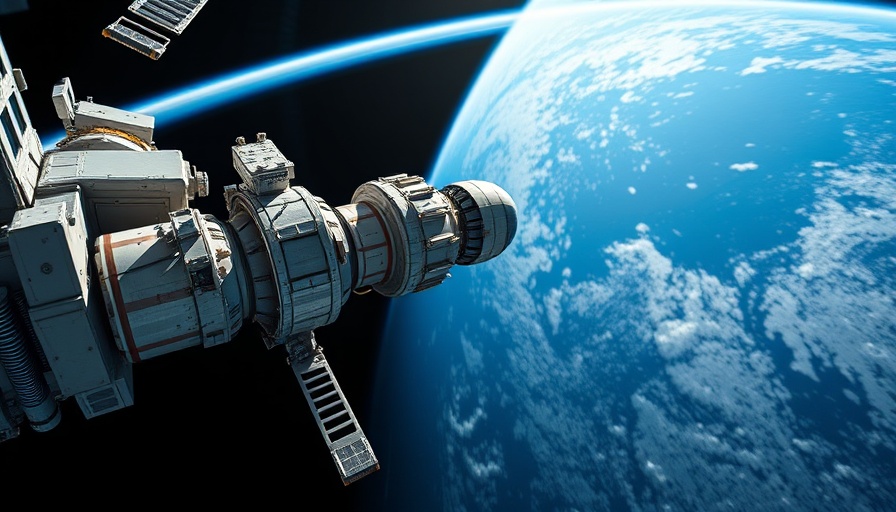
NASA's Bold Move: Accelerating Astronaut Relief Missions
In a surprising and strategic shift, NASA has expedited the return of Boeing Starliner astronauts by rearranging its spacecraft launch schedule. Scheduled to launch on March 12, the Crew-10 mission aboard SpaceX's Dragon Endurance capsule promises to quickly bring new relief to the current Crew-9 astronauts at the International Space Station (ISS).
The Role of SpaceX in Changing the Game
SpaceX has become a pivotal partner for NASA, operating crucial missions aimed at ensuring the efficient transportation of astronauts and supplies to the ISS. With the Crew-10 mission just around the corner, the launch will mark yet another milestone in SpaceX's Crew Transportation Program. By utilizing its Falcon 9 rocket, SpaceX continues to revolutionize space travel with an approach that emphasizes safety and reliability.
A Long Journey: Crew-9 Astronauts Awaiting Relief
For NASA astronauts Suni Williams and Butch Wilmore, the impending arrival of Crew-10 is a significant milestone after nearly ten months aboard the ISS. Initially anticipated to last only ten days aboard the Starliner, their extended stay was the result of technical glitches, leading to a prolonged mission filled with emotional and physical challenges. Meanwhile, the media's portrayal of them as “stranded astronauts” has left an impression of a much graver situation than the reality on the ISS.
New Strategies Amid Challenges
NASA's decision to swap spacecraft to facilitate the faster return of Crew-9 highlights the adaptive strategies employed in space missions. The Crew-10 astronauts will allow for a smooth transition, relieving the long-term crew and ensuring continuity in research and operations aboard the ISS. It's a fascinating example of project management under pressure, and one that sheds light on NASA's commitment to optimizing missions despite unexpected hurdles.
Looking Ahead: The Future of Space Missions
The success of Crew-10 and the ongoing collaboration between NASA and SpaceX could shape the future of human space exploration. As the industry continues to evolve, efficient scheduling and mixed-use spacecraft systems may pave the way for even more ambitious plans, including moon landings and Mars exploration.
The Importance of Media Responsibility
Finally, the narrative surrounding astronauts on long missions can significantly impact public perception. Prompted by a dynamic political environment, various media outlets have reacted in ways that may misrepresent the actual status of astronauts in space. Accurate reporting is vital, not only to maintain the public's trust but also to support the morale of the astronauts undertaking these impressive missions.
 Add Row
Add Row  Add
Add 




Write A Comment